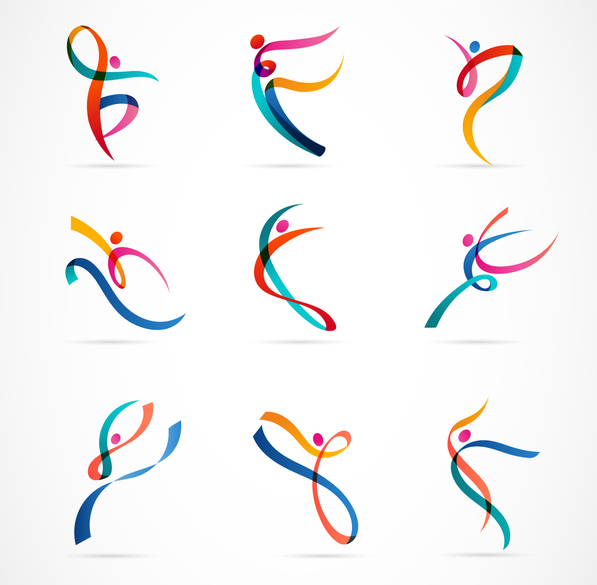
Because Rudolf Laban had studied visual art in Paris at one of the great European art academies, he knew the body, not only as a dancer, but also as a painter who understood anatomy.
Although Laban gave up art when he became a dancer, he never gave up drawing. Instead, he used his knowledge of the human figure to paint movement on the canvas of space.
Many of Laban’s surviving figure drawings are “gesture drawings” – rough sketches done rapidly that depict the main lines of a pose without details. These show that Laban had mastered how to capture the angles of a body in motion. And this fed right into his designing spatial patterns for dance.
Laban’s spatial patterns leave a lot of room for individual expression and serve as a great design source for dance composition. Find out more in the upcoming course “Movement Harmony Part 1 – Space Harmonies.”
